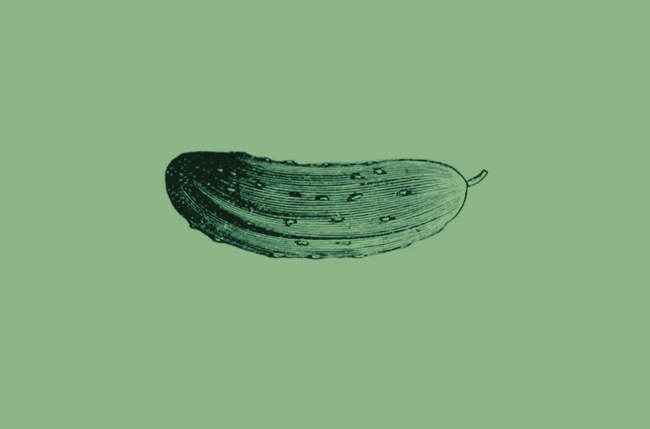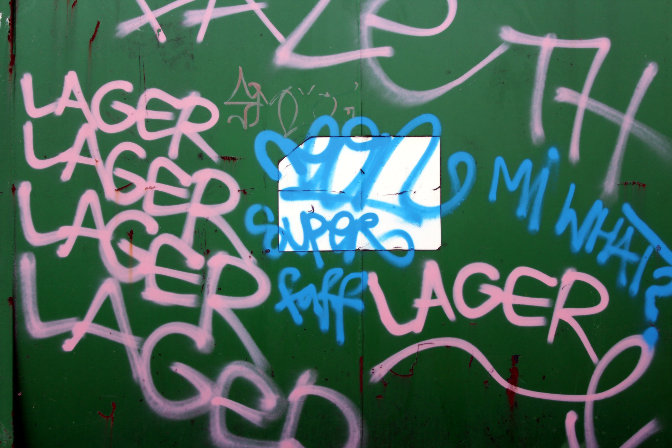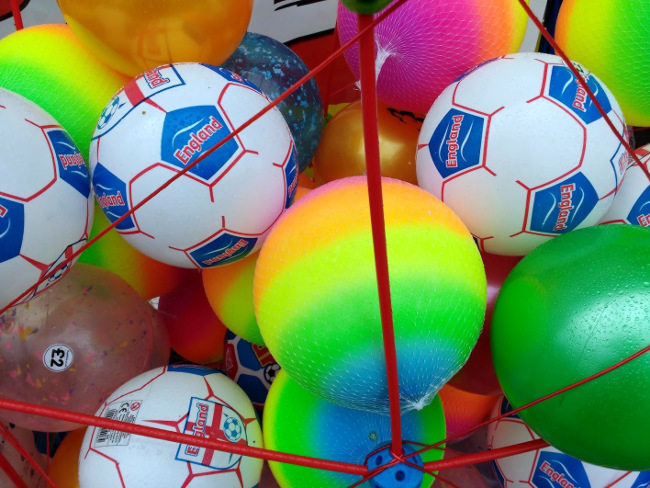Here’s all the writing about beer and pubs that grabbed us in the past week, from equality initiatives to the specifics of European beer styles.
We’ll start with a flurry of accidentally interconnected items about pubs and how welcoming they might or might not seem to different people and groups.
British political Twitter spent a good chunk of the week talking about pubs after actor Eddie Marsan said that he didn’t like them, associating them, based on his own childhood experiences in the East End of London, with domestic violence and macho posturing.
Meanwhile, two related schemes have launched with the intention of making pubs more inviting to a wider range of people. First, with Melissa Cole at the helm, there’s the Everyone Welcome Initiative:
The aim of this initiative is to provide beer venues and events with a strong statement that everyone who walks through the door is welcome regardless, of their gender, sexual orientation, race, health, religion, age or disability… Whilst these forms of discrimination are covered under the Equality Act 2010, none of us can say that they don’t happen and what this initiative is designed to do is give people the opportunity to nail their colours to the mast about the kind of venue or event they are running – to shout proudly that hate isn’t to be tolerated and ignorance is not an excuse.
The Equality in Pubs accreditation scheme, led by Jessica Mason, launched a few days later:
Publicans who would like to let visitors know that their pub has a zero tolerance policy on abuse in any of its forms can now sign up to TEPA and, from 2019, gain a window sticker and a plot on a map on TEPA website to let people know that their pub doesn’t support homophobia, sexism or racism in any of its guises from neither its staff or it’s drinkers. Joining TEPA means the publican has a civic duty to act should they recognise abuse in their venue.
We’ll finish with a link to something we wrote last year which appeared this week at All About Beer after a long delay, thus seeming accidentally topical:
[If you] find yourself in a pub where you oughtn’t be, it will usually be made clear to you, as long as you are reasonably fluent in the language of passive-aggression. It might, for example, take a long time to get served, if the person behind the bar acknowledges you at all. You might get asked point blank if you are a police officer, which happens to us not infrequently—something about our flat feet, perhaps. Or the regulars might start a loud, pointed conversation about strangers, or foreigners, or people wearing whatever colour hat you happen to be wearing. We once walked into a pub only to be greeted by five men in soccer shirts, one of whom simply pointed and said: “No, no—turn round and walk out. Now.” We did so.









